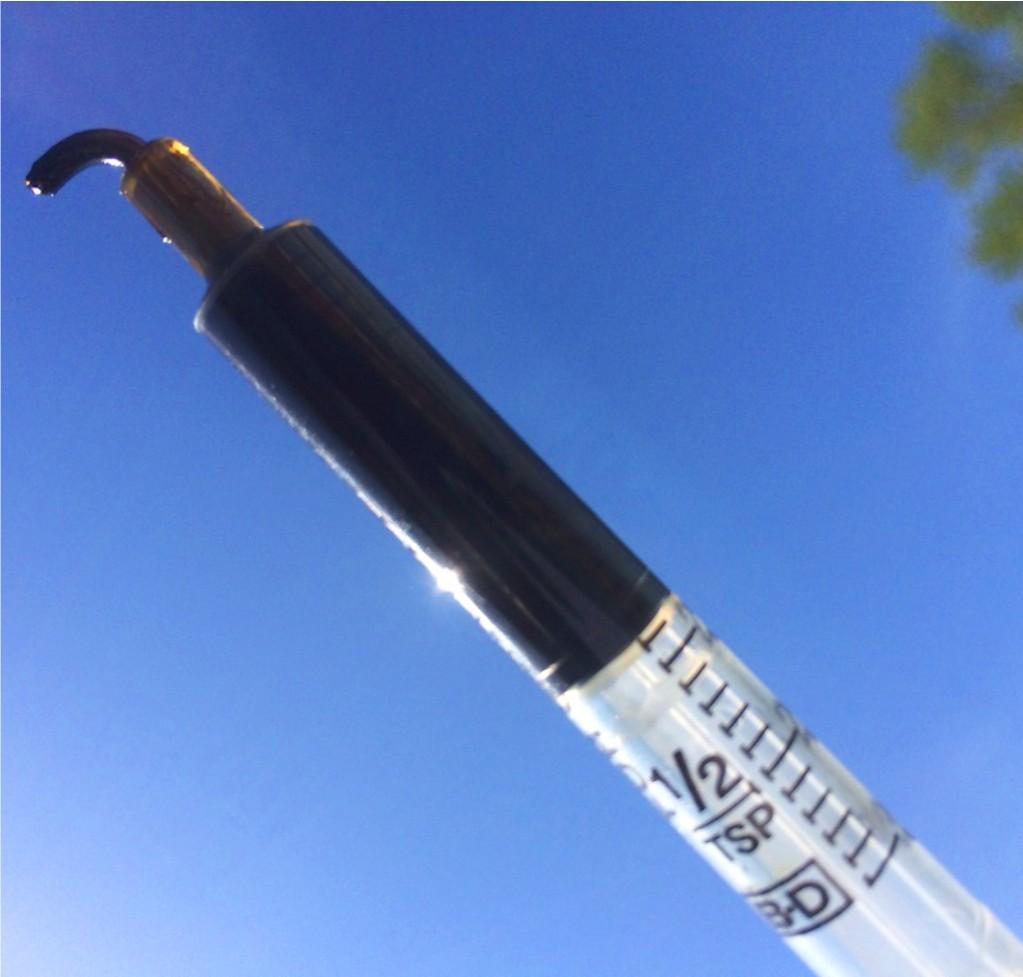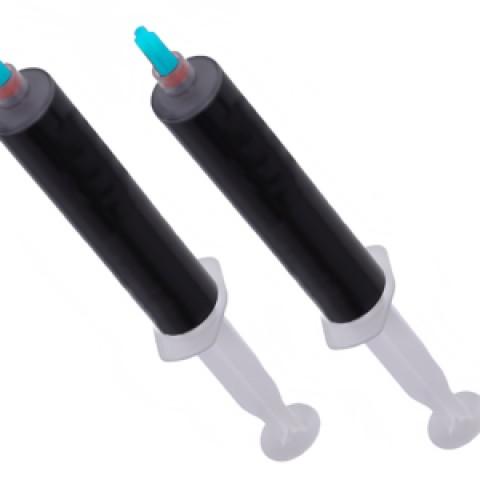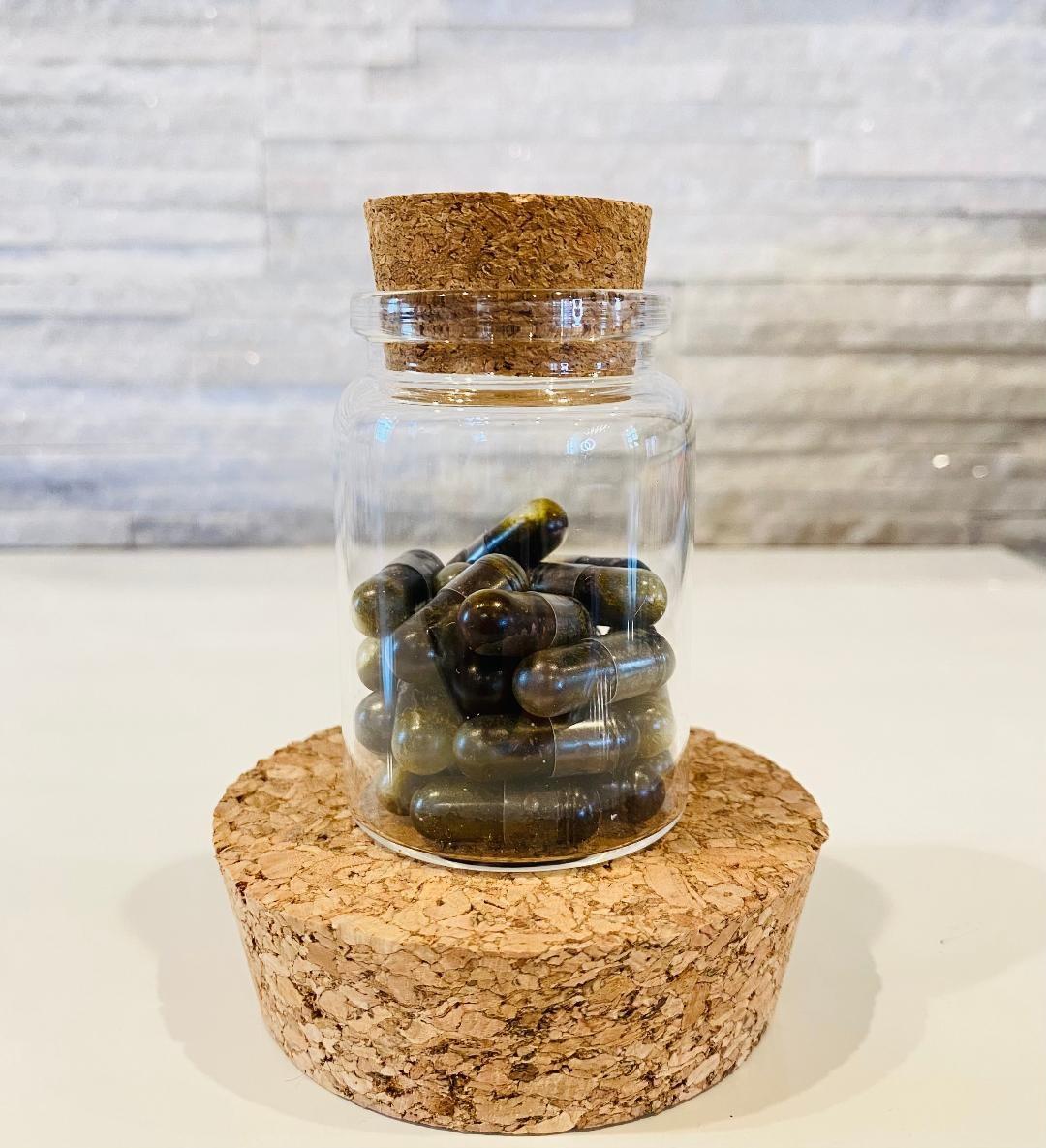How To Use Rick Simpson Oil (RSO): A Comprehensive Guide


Rick Simpson Oil (RSO)
Rick Simpson Oil (RSO) is a concentrated cannabis extract known for its potential therapeutic benefits. Originally developed by Rick Simpson, an advocate for medical marijuana, RSO has gained popularity for its use in supporting cancer treatment, alleviating chronic pain, reducing inflammation, and promoting overall wellness. Understanding the appropriate dosage and consumption method is crucial to maximizing its benefits while minimizing potential side effects.
Initial Dosage: Starting Small
When beginning your RSO regimen, it is important to start with a very small dose. A recommended starting point is a drop the size of a rice grain. Administer this small dose and wait between 30 to 60 minutes to assess how your body reacts. This waiting period allows you to gauge any initial effects and determine your tolerance. The goal is to gradually increase the dosage until you reach an optimal amount that provides therapeutic benefits without overwhelming psychoactive effects.

Dosage Schedule
For optimal results, a structured dosage schedule is essential. Here is a suggested plan:
Week 1: Initial Dosing
Morning Dose: Take a quarter of a drop, approximately half the size of a grain of rice, early in the morning.
Afternoon Dose: Repeat the same dosage in the afternoon.
Evening Dose: Take the same dosage one hour before bed.

During the first four days, continue with this consistent dosing every eight hours. Monitor your body's reaction carefully during this initial phase. Avoid operating heavy machinery or driving after taking RSO, as it may impair your abilities.
Week 2-5: Increasing The Dose
Day 4: After four days, if you feel comfortable, double the size of your dose. Continue to take the new dosage every eight hours.
Every Four Days: Continue to double your dose every four days, as long as you feel comfortable and do not experience adverse effects.

Week 5-12: Reaching Full Dosage
Goal: Gradually increase your intake to reach 1 gram of RSO per day. This typically involves taking about nine drops every eight hours, which is approximately the size of 18 grains of rice per dose.
Duration: It generally takes about 3 to 5 weeks for most people to build up to the point of consuming 1 ml (or 1 gram) of oil per day.
Long-Term Maintenance And Tolerance
Once you have built up a tolerance to RSO, it becomes easier to manage the dosing throughout the day. A common maintenance schedule involves splitting the daily intake into smaller doses:
Daytime: Take a tenth of a gram five times during the day.
Nighttime: Consume half a gram before bed to avoid experiencing the high while you sleep.
This structured approach ensures that you maintain a consistent level of cannabinoids in your system, promoting ongoing therapeutic effects.

Understanding The Effects
The effects of RSO can vary greatly among individuals due to differences in body composition, metabolism, and overall health. Initially, you may experience a “high,”
which is a common side effect due to the THC content in the oil. This psychoactive effect is normal and typically subsides as your body adjusts to the medication. If you feel uncomfortable, it is okay to reduce the dose or take a break until you feel ready to resume.

As you continue to use RSO, you may find that the psychoactive effects diminish over time. Many users report that after consistent use, they no longer feel high but still experience the therapeutic benefits. It is important to listen to your body and adjust your dosage accordingly.

Rick Simpson Oil offers a promising alternative for those seeking natural remedies for serious health conditions. By starting with a small dose and gradually increasing it, users can find the optimal amount that provides relief without significant side effects. Adhering to a structured dosing schedule and being mindful of your body's reactions will help you achieve the best possible outcomes from RSO. Always consult with a healthcare professional before beginning any new treatment, especially if you have underlying health conditions or are taking other medications.
